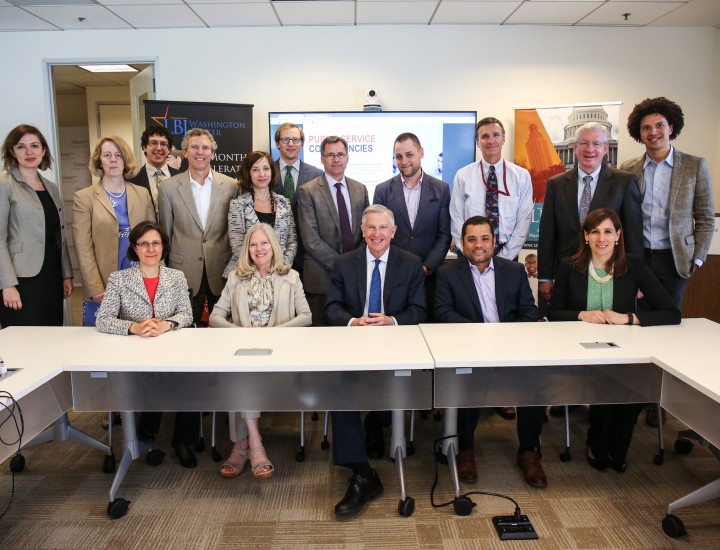Teaching Public Policy

In my previous post, I noted how public policy education needs to shift its focus from training policy analysts to training leaders who are capable of actually implementing good policies. In our experimentation both at my Center’s Leadership Academy for Development and in the new Stanford Masters in International Policy, case teaching has become an integral part of the approach.
Among the many problems with the current economics-centered approach to public policy education is the lack of appreciation for local context. Modern economics aspires to be context-free: it seeks universal rules of human behavior that can be mathematized in abstract models. Local context—what makes outcomes different in, say, East Asia as opposed to sub-Saharan Africa or Eastern Europe—is reduced to country fixed effects or an error term in the model specification. Yet understanding context, meaning the history, culture, politics, stakeholders, norms and institutions of particular times and places, is the sine qua non of successful policy problem-solving.
This is where case teaching comes in. A well-written case plunges the reader directly into a very specific context. If they are well written, there should be a specific decision-maker wrestling with a specific decision, and the students should be able to put themselves into his or her position.
Case teaching was pioneered at the Harvard Business School, and continues to be widely used in business classes around the country. It was also integrated into the curricula of public policy schools like the Harvard Kennedy School of Government, which like HBS maintains a great case library. But with the rise of economics-based teaching, the use of cases has gone into decline or is absent altogether in many public policy programs.
The point of a case is not to present “best practices.” In the language of statistics, conclusions from a single case have no external validity. Case teaching should actually point in the opposite direction: It should demonstrate to students that what works in Singapore will not necessarily work in Hyderabad, since so many contextual factors, from geography and climate to corruption and bureaucratic quality to unions and technology differ from one place to another. To the extent that cases teach best practices, they are practices related to the thought processes of individual policymakers as they try to formulate implementation strategies for their local conditions.
If students are to be able to solve policy problems when they get out into the real world, they have to be able to understand and absorb local context quickly. No two-year masters program in public policy will ever teach students enough local context to ever be truly useful. The policy school at which I taught for nearly a decade, the Johns Hopkins School of Advanced International Studies (SAIS), had a series of regional concentration for students wanting to focus on Asia, Latin America, Africa, and the like. But even this kind of area studies focus, together with the language training associated with it, will never be sufficient to prepare future policymakers for the specific challenges they will face.
What is needed is an appreciation for what you don’t know when you confront a problem, and a skill set that allows you to absorb the necessary local knowledge to solve it. Qualitative skills like the ability to interview a range of local stakeholders and assess their credibility, to connect them with historical and cultural traditions, to understand the workings of local institutions, formal and informal, and to appreciate how other people’s points of view may differ systematically from your own, are very much undervalued in policy education. They are closer to the skill set of a cultural anthropologist than that of an economist. And they are critical if you are to actually get things done in the real world.
Case teaching is a very effective way of honing these sorts of skills, but it is not the only possible approach. Many schools are experimenting with practicums that connect students directly with policymakers to help them solve problems. Many such relationships put students in the position of glorified research assistants, since that is what their training prepares them to do. A proper practicum should involve students in all phases of the framework: problem definition, solutions development, and implementation.
In my next post, I want to talk about the decline of public administration as a field of study. For a link to the cases developed in connection with the Leadership Academy for Development, click here.


